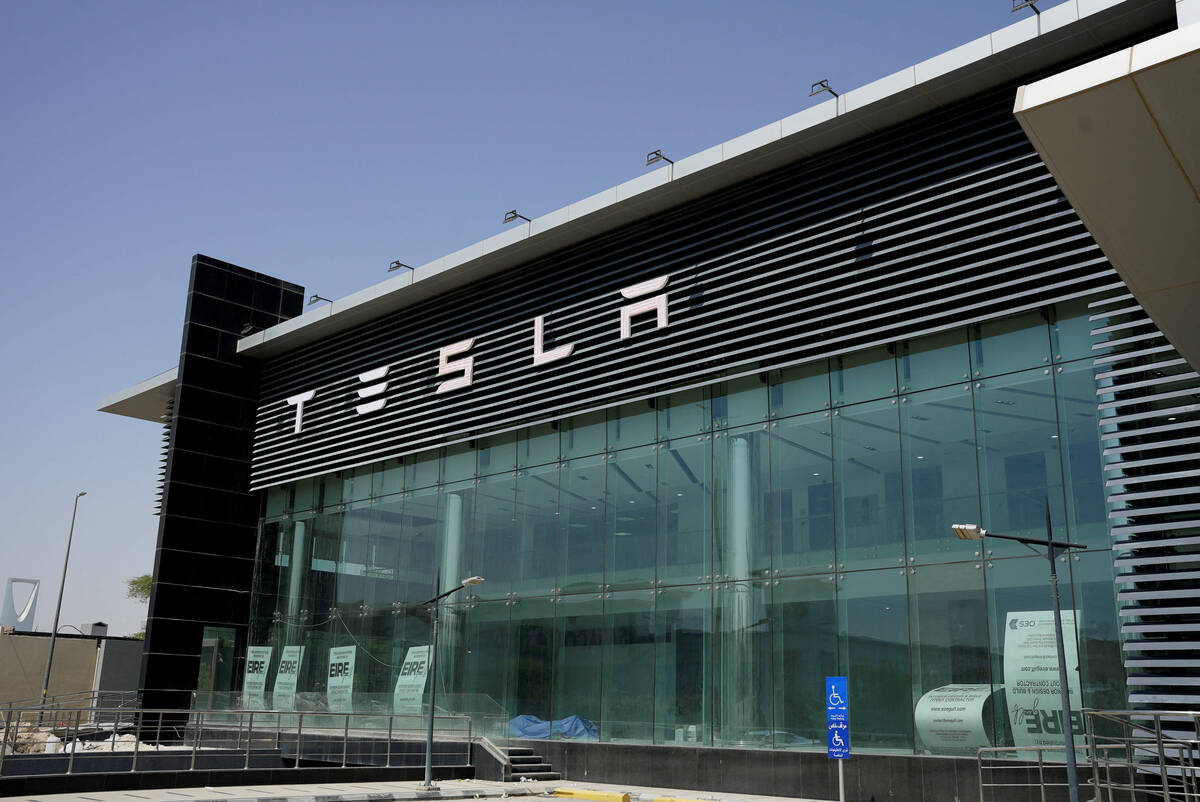WASHINGTON: The global economy was thrown into turmoil on Thursday as the US-China trade war sharply escalated, overshadowing a temporary sense of relief sparked by President Donald Trump’s earlier decision to scale back sweeping tariffs on other international partners.
While investors initially cheered a perceived de-escalation in the US’ trade stance, it soon became clear that the administration was doubling down on its economic confrontation with Beijing—sending markets into a tailspin and raising alarm over the direction of global trade.
Just a day after hinting at a broader pause in tariff threats, the White House confirmed that the cumulative tariff rate imposed by the US on Chinese imports this year had reached a staggering 145 percent, not the previously reported 125 percent.
The correction stemmed from the fact that the latest hike builds on a 20 percent base tariff already in place. In retaliation, China has slapped its own 84 percent levies on US goods, signaling its readiness for a prolonged standoff.
The dramatic escalation came in stark contrast to Trump’s softer stance toward other global trade partners. The president maintained a 10 percent blanket tariff on most countries but walked back harsher threats—particularly against the EU, which had been bracing for a 20 percent hit. That reversal prompted Brussels to suspend for 90 days its planned retaliatory tariffs on €20 billion worth of US goods.
Financial markets
Amid the mixed signals, global financial markets reacted in sharply divergent ways. Asian and European markets soared early Thursday, buoyed by the initial news of Trump’s restraint. Tokyo’s Nikkei 225 surged 9.1 percent, South Korea’s Kospi climbed 6.6 percent, and Germany’s DAX jumped 5.4 percent, marking their first trading sessions since the US policy shift.
However, sentiment soured quickly in the US as investors digested the deeper implications of the escalating conflict with China. The S&P 500 dropped 5 percent, the Dow Jones Industrial Average plummeted by 1,746 points, and the Nasdaq Composite sank 5.8 percent, wiping out optimism fueled by a surprisingly positive inflation report.
President Trump has framed the tariffs as part of a broader strategy to rewire the global economy, encouraging manufacturers to return to US soil. His commerce secretary, Howard Lutnick, remained upbeat, declaring on social media, “The Golden Age is coming. We are committed to protecting our interests, engaging in global negotiations, and exploding our economy.”
Meanwhile, international leaders struck a more cautious tone. European Commission President Ursula von der Leyen welcomed Trump’s partial retreat, saying, “We want to give negotiations a chance,” but warned that the EU would not hesitate to reinstate countermeasures if talks failed to deliver results.
Similarly, Canadian Prime Minister Mark Carney described the US shift as a “welcome reprieve” and confirmed that Ottawa would initiate trade negotiations with Washington following Canada’s April 28 elections.
China also signaled both resistance and openness. In a symbolic move, Beijing announced it would restrict the number of Hollywood films allowed into the country, but left the door open for dialogue. Commerce Ministry spokesperson He Yongqian called on the US to meet China halfway and resolve differences through “mutual respect, peaceful coexistence, and win-win cooperation.”
Oil markets react
Commodities markets were not spared from the uncertainty. Oil prices, which had rallied the previous session, reversed course as investors reassessed the implications of the trade tensions.
US West Texas Intermediate crude fell $2.22 or 3.6 percent to $60.13 per barrel, while Brent crude dropped $2.04 or 3.1 percent to $63.44 per barrel.
























